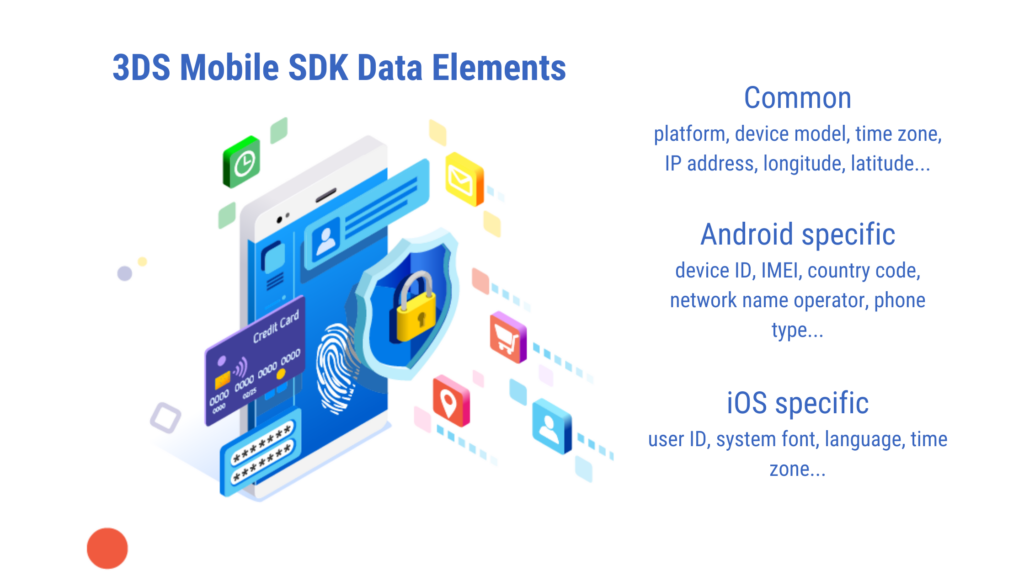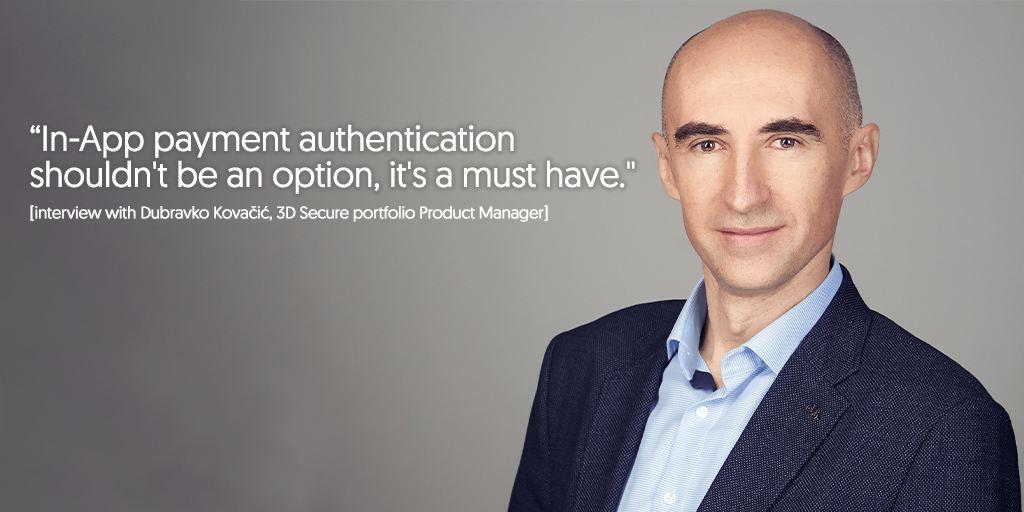
The projected retail mCommerce sales figures for 2021 are 3.56 Trillion USD, which is 22.3% growth compared to 2020. Also, in the same year, 72.9% of total eCommerce sales worldwide were registered as mobile retail eCommerce sales. The mobile payments market is expected to reach 12.06 Trillion USD in 2027, at a CAGR (compound annual growth rate) of 30.01% between 2020 and 2027.
These numbers point out that optimizing for mobile is imperative. Ignoring the Mobile-first economy trends will prove to be a critical mistake in terms of future business decisions. Enabling mobile access to payments in the banking sector is standard practice. eCommerce merchants are the ones who need to follow up on this trend. Investing in the development of mCommerce apps is a key element for success. Here are the stats for 2020 to back up these statements regarding user behavior:
Despite the obvious need to provide access and easy checkout within mCommerce, it is still not delivering the desired user experience compared to the desktop variant. This is where 3DS Mobile SDK comes into play. This piece of software embedded in a merchant app does wonders for the in-app user experience by enabling less friction and a seamless checkout process.
As of today, most mCommerce apps still rely on browser redirection during the checkout process. You are likely to stumble upon a great deal on a retailer app. You attempt to purchase the item, but the checkout process is all over the place. This ultimately leads to abandoning the purchase altogether. Online payment flows involving browser redirection disturb the checkout user experience and consequently cause higher cart abandonment rates. Switching between the merchant app and your internet browser; being redirected to suspicious screens in a fraud-filled environment; not knowing the next steps. These are all common scenarios that the user is experiencing during a purchase that could have been processed in a matter of seconds.
3DS Mobile SDK resolves these issues by eliminating browser redirection and unnecessary friction. It brings frictionless authentication supported by richer data gathered from mobile devices. This data is a valuable source of information that is more contextual than the one gathered for online desktop payments. You are able to observe a whole new batch of data useful for additional risk parameters setup. Information such as device type, OS version, geolocation, and timezone are only a few examples.

Also, mobile enables the use of advanced authentication methods. Biometrics, fingerprint and face recognition included, enable security and convenience at the same time. Push notifications are also a form of advanced authentication that is easy to use.
The result of implementing 3DS Mobile SDK is a fast and easy checkout process. All within the merchant app. There is no need for browser redirection. Both authentication and payment processing are done within a single screen. This naturally has a positive impact on user experience, as well as on the cart abandonment rates, which are significantly decreased.
As mentioned, the security aspect is heightened as well. By integrating 3DS Mobile SDK into your merchant app, you are able to collect data that is far more contextual compared to online desktop payments. By implementing gathered information about the device being used for mPayments (and the user using the device) to your risk analysis, you are opening doors for detecting new fraud patterns. In simple terms, you are generating data that yields a much more precise Risk-based analysis.
For a detailed description of 3DS Mobile SDK benefits go to our recent blog post and get first-hand info from our expert.
If you want to find out more, contact our ASEE 3D Secure Team at [email protected] or download the datasheet.

3D Secure 1 was first launched in 2001 by VISA, motivated by achieving payment security in the online ecosystem. The idea was good, but the execution not so much. Since it was not mandated by card schemes and due to poor user experience, the whole project resulted in very low adoption by card issuers and acquirers. Moreover, merchants who were willing to adopt 3DS1 suffered losses caused by increased cart abandonment rates. The reason being, again, bad user experience during online checkout.
It was evident that a change was much needed. And that change happened in 2017 when the 3DS2 protocol was published. The primary motivation was to improve the previous version's performance and adapt to the fast-growing mobile commerce market.
Sure. 3D Secure 2 brings us the so-called ''frictionless transactions''. This means that the cardholder is no longer required to go through all of the authentication steps present in the previous version of 3D Secure technology. Thanks to Risk-Based Authentication, additional authentication steps are eliminated if a transaction is assessed as low-risk. A prerequisite for conducting such risk analysis includes collecting both transaction and cardholder data.
Nowadays, consumers are proficient at online shopping, and there is significant growth when it comes to the use of mobile. Smartphones are a big part of the online shopping ecosystem and demand high levels of online payments security. 3D Secure 2 enables support for full In-App authentication experience during an online purchase. By implementing 3DS Mobile SDK, the cardholder is no longer bothered with suspicious web browser redirects and is able to experience a seamless checkout experience.
In fact, the first version of 3D Secure did not support mobile applications at all. When 3DS1 was launched, no such thing as a smartphone app existed. We are talking about 2001. Nowadays, the backdoor is redirection to web browsers at the payment step, followed by another redirection at the 3DS authentication step within the checkout.
Such authentication flow, containing multiple redirects, disturbs the cardholder for a number of reasons. Firstly, the end-user needs to maneuver between multiple pop-ups, which tends to make the authentication process confusing, difficult to follow, to say the least. Secondly, with the growing online payment fraud awareness, consumers find such flows suspicious and are likely to abandon the purchase altogether.
With 3D Secure 2 and 3DS Mobile SDK built-in merchant application, the cardholder is able to pass through all of the mentioned authentication steps without leaving the app. This makes for a streamlined In-App authentication process and contributes to an impeccable user experience compared to the first version of the protocol.
There are two main benefits for cardholders and merchants when using 3DS Mobile SDK. As mentioned, the first benefit is a smooth and fast checkout process within the mobile application. Tedious redirects between web browser screens are history. Also, when checkout and In-App authentication are initiated, mobile SDK participates in the collection of various transaction, device, and application data (IP address, device ID, geolocation, etc.). This is necessary for conducting a more precise risk analysis mentioned earlier. All of the mentioned factors participate in assessing the risk of a particular transaction. More data means more accuracy. Therefore, issuing banks, who are responsible for risk scoring, can be more confident in granting frictionless authentication.
3DS Mobile SDK is in the hands of mobile app developers. Integration of SDK in their mobile applications is their ''business as usual''. Also, they are able to test the 3DS process using our 3DS test server available to third-party developers and 3DS integrators.
3DS SDK enables a better checkout user experience, which is top of the list when it comes to purchase abandonment reasons. Also, it contributes to a more accurate risk assessment due to the wider set of acquired transaction and device data. More confident risk analysis results in a higher rate of frictionless transactions, again providing a better user experience.
In addition, it is important to mention that 3DS2 generally brought us more advanced authentication methods, including biometrics.
Trides2 portfolio covers all 3D Secure software components needed for all online payments stakeholders. This includes Access Control Server with risk scoring for card issuers, 3DS Server for acquirers and payment service providers, and 3DS SDK for mobile app merchants. We also provide 3DS Test Tool for each of the mentioned components, regardless of independent testing or end-to-end 3D Secure transactions.
ASEE is a pioneer in 3D Secure, dating back to 2004 with 3DS1. This means 17+ years of experience in this area. In the past two years, we have supported 50+ banks, payments processors, and payment gateway providers in migration from 3DS1 to 3DS2, upgrading the authentication methods from signature and SMS OTP to PSD2 compliant methods such as mobile OTP, push notification, and biometrics.
All merchants, especially online merchants, are aware that today's buyers are very demanding. Fast and smooth service is the top of their priorities. Keep in mind that online buyers are mostly millennials and gen z, who are notorious for impatience and wanting everything to be over in just a few clicks. Having this said, In-App authentication will have to rely on efficient risk scoring in order to minimize the buyer's effort. When authentication is truly necessary, it will be based on behavioral authentication and AI analytics, enabling, again, authorization without the buyer's action.
If you want to find out more, contact our ASEE 3D Secure Team at [email protected] or download the datasheet.